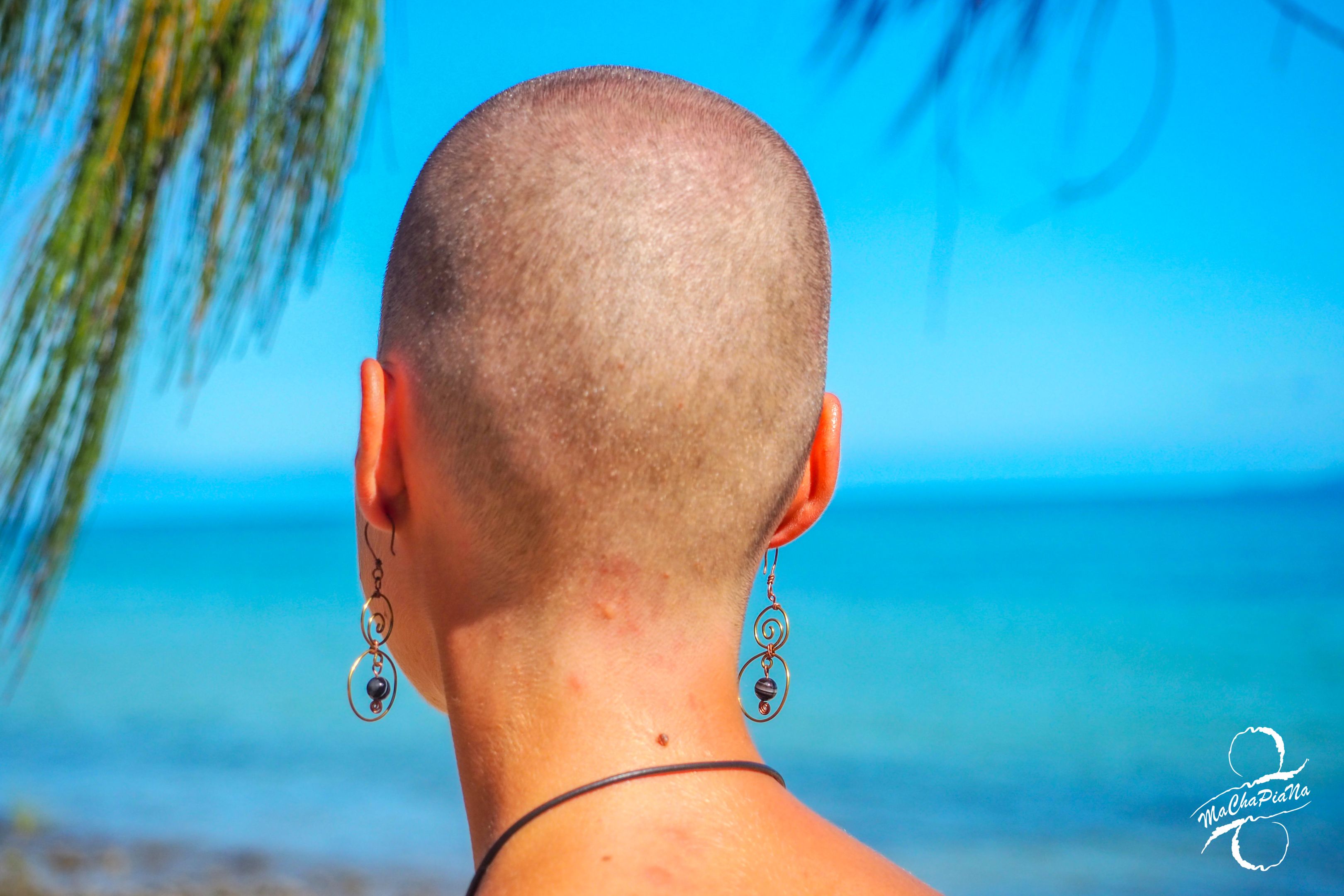About Us

Handmade for good
Athénaïs (Attie) is a contemporary jeweller. Everything she makes is handmade. Attie only uses hand tools. What she lacks in precision, she makes up for with touch and an eye for the less-than-perfect ‘ideal’. Even with the same design, no two pieces are the same and yet Attie makes them with the same love and attention (and if truth be told, a modicum of frustration and angst).
All handmade goods have something of the maker in them. When a handmade object is acquired, an invisible human bond is created between the maker and the user. You simply don’t get this bond in mass-manufactured ‘whatevers’.
Attie really gets a kick when someone buys her jewellery. She usually doesn’t know the purchaser but she is still very grateful. As the purchaser, you may not personally know Attie, but you do know she is a real person and not a faceless, heartless machine owned by a faceless, heartless business.
Handmade means quality
‘Handmade’ implies slow and deliberate. If you make handmade goods in a rush, it shows. With very few exceptions, handmade objects are not disposable. Disposability is for cheap junk. Why go to all the effort of making something beautiful by hand just to throw it out?
Many people think that handmade means second-rate and unaesthetic. This is probably a response to the amateur, unattractive hobby crafts practiced by proud but untalented family members. However, being handmade has also always implied the highest quality goods made by master craftspeople who have enormous talent, training and experience. Whether its clothes, shoes, pottery, houses, furniture, knives, tools, jewellery, even beer, or anything else, there are master craftspeople making the highest quality goods by hand.
Handmade goods are more sustainable
From a sustainability point-of-view, there are many benefits inherent in handmade goods. They lend themselves to local production for local consumption. Also, the craft production process tends to be less wasteful of materials and other resources. Handmade goods use much less energy, both in the actual production and in the tooling. Handmade goods are more likely to use natural materials; plastic is not a common material! Craftspeople will recycle or repurpose materials more too. As mentioned, handmade goods are well-made to last, their durability being both physical and emotional.
It is shameful that in the so-called developing economies of the world, many goods are handmade in factory-sized sweatshops. Employers use these hand workers like machines. Marx’s criticism that the worker is used as a cog in a machine, alienated from his or her human nature and self-determination, is being lived out by millions of workers in developing countries.
However, prior to the industrial revolution, and subsequently kept alive in arts and crafts enclaves, and now making a big comeback, professional hand making is the opposite of alienation. It allows artisans and craftspeople to determine and express their individuality, their skill, their love and their passion. These are real, sustainable aspects of human well-being, and we should all strive for them, both as makers and as patrons.


Who is behind ?
We are 2 in this adventure :
- Athénaïs, the artist jewelry maker :
” I love earrings ! My passion for making jewellery started with making simple beaded hand crafted earrings and that set me on the road to this beautiful obsession. I design and make all of my jewellery, each piece is made by hand using traditional silversmiths methods. Handmade from beginning to end.
Living in paradise provides me with abundance of fresh ideas. Most my designs are meant for gifting since they all come with a nice gift box. I try to channel my love for this beautiful land into my design.”
Preferred quote : “Don’t take things too seriously and do what makes you happy”
- Olivier, the photograph and artistic manager :
You can find our traveling on : https://ingloriousnomads.com/

Feel the beauty in your life
